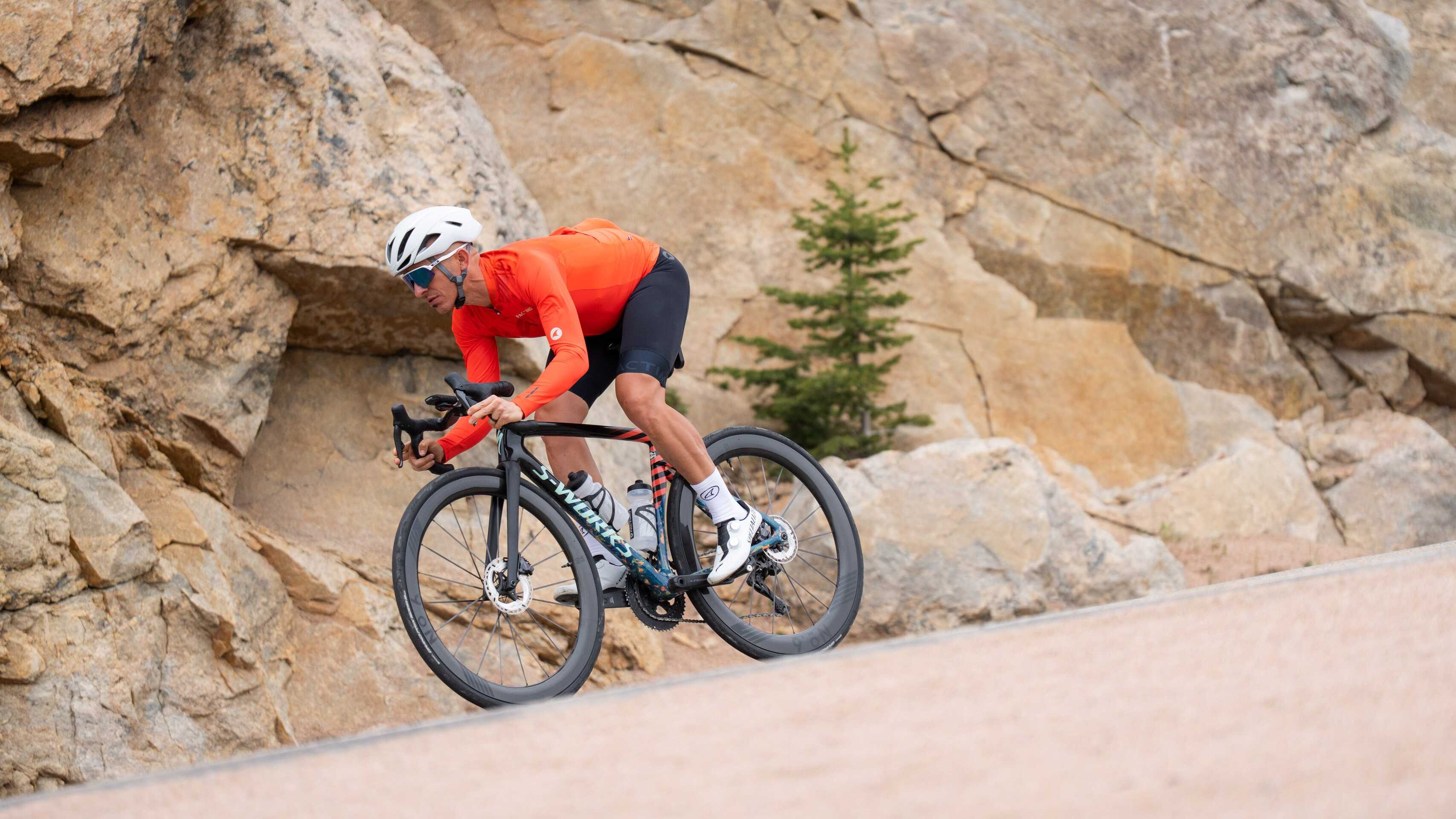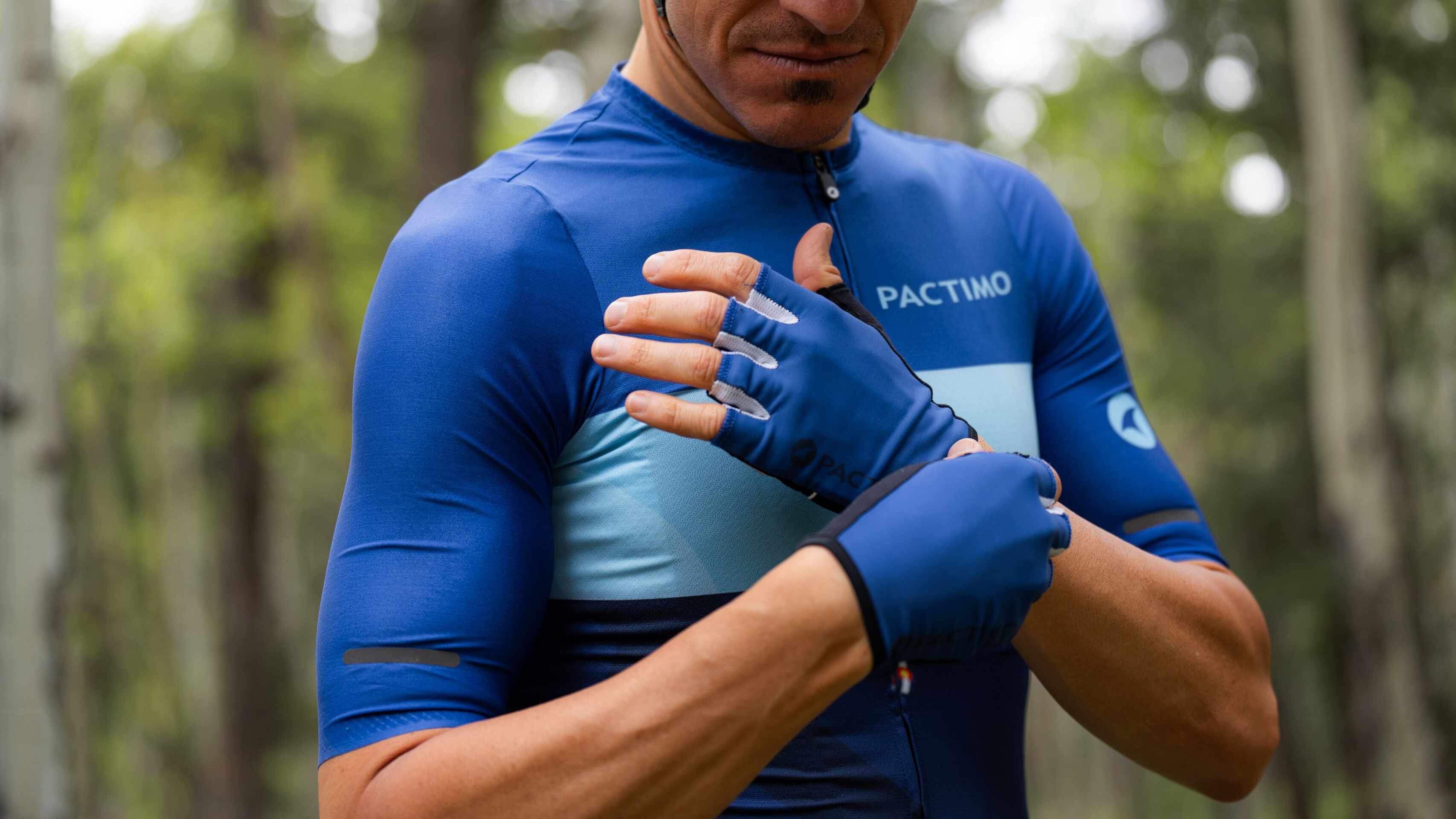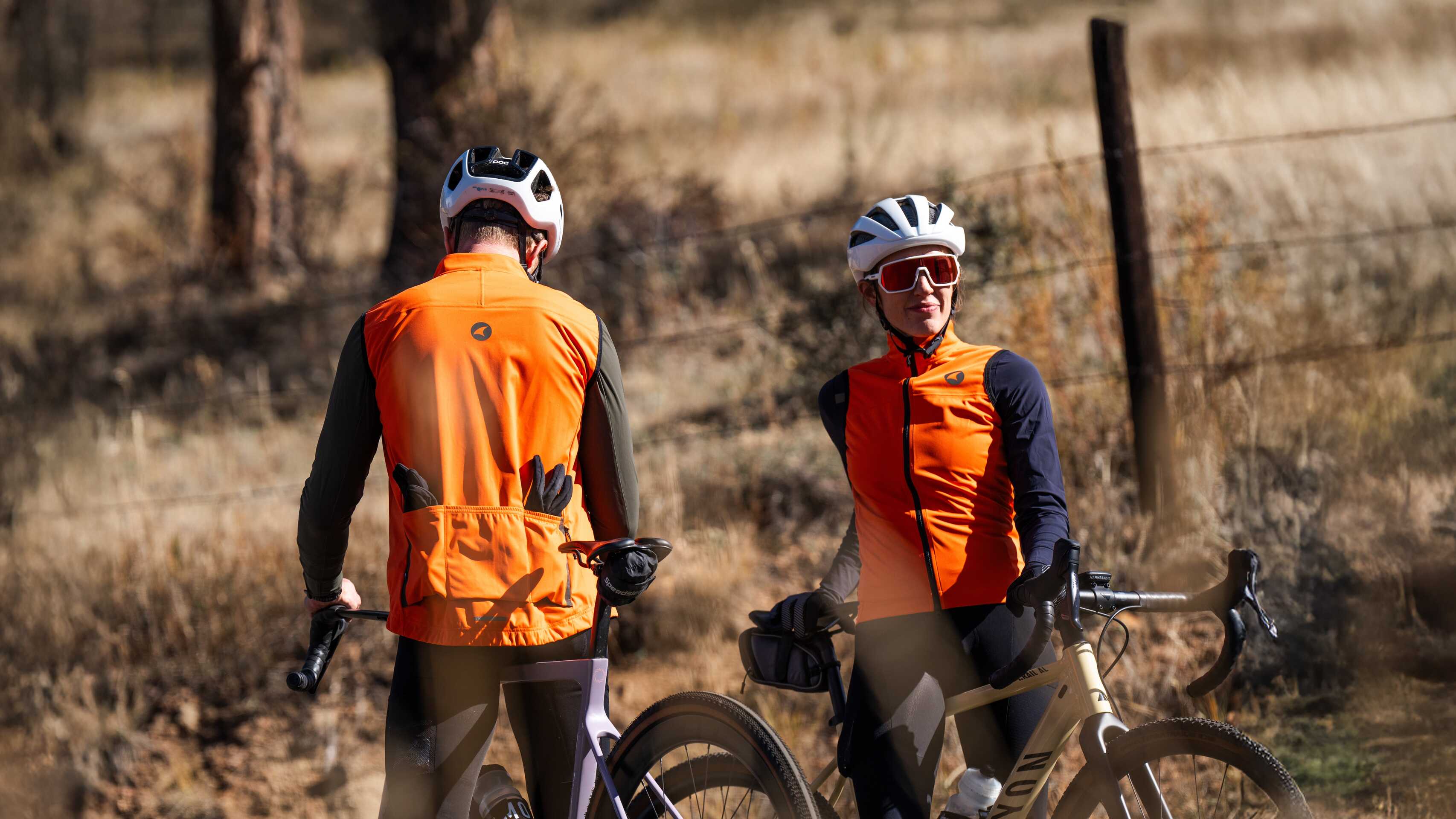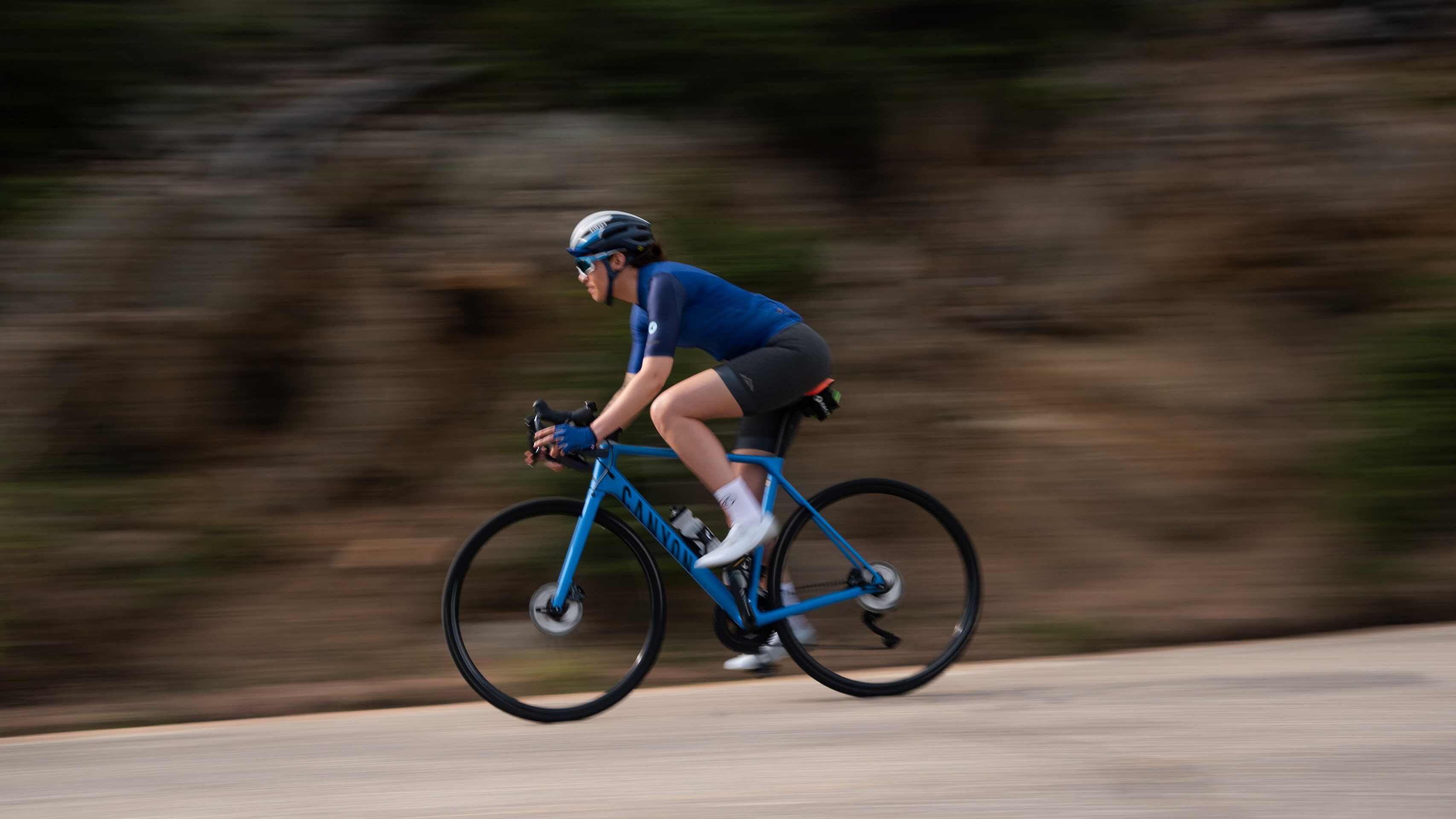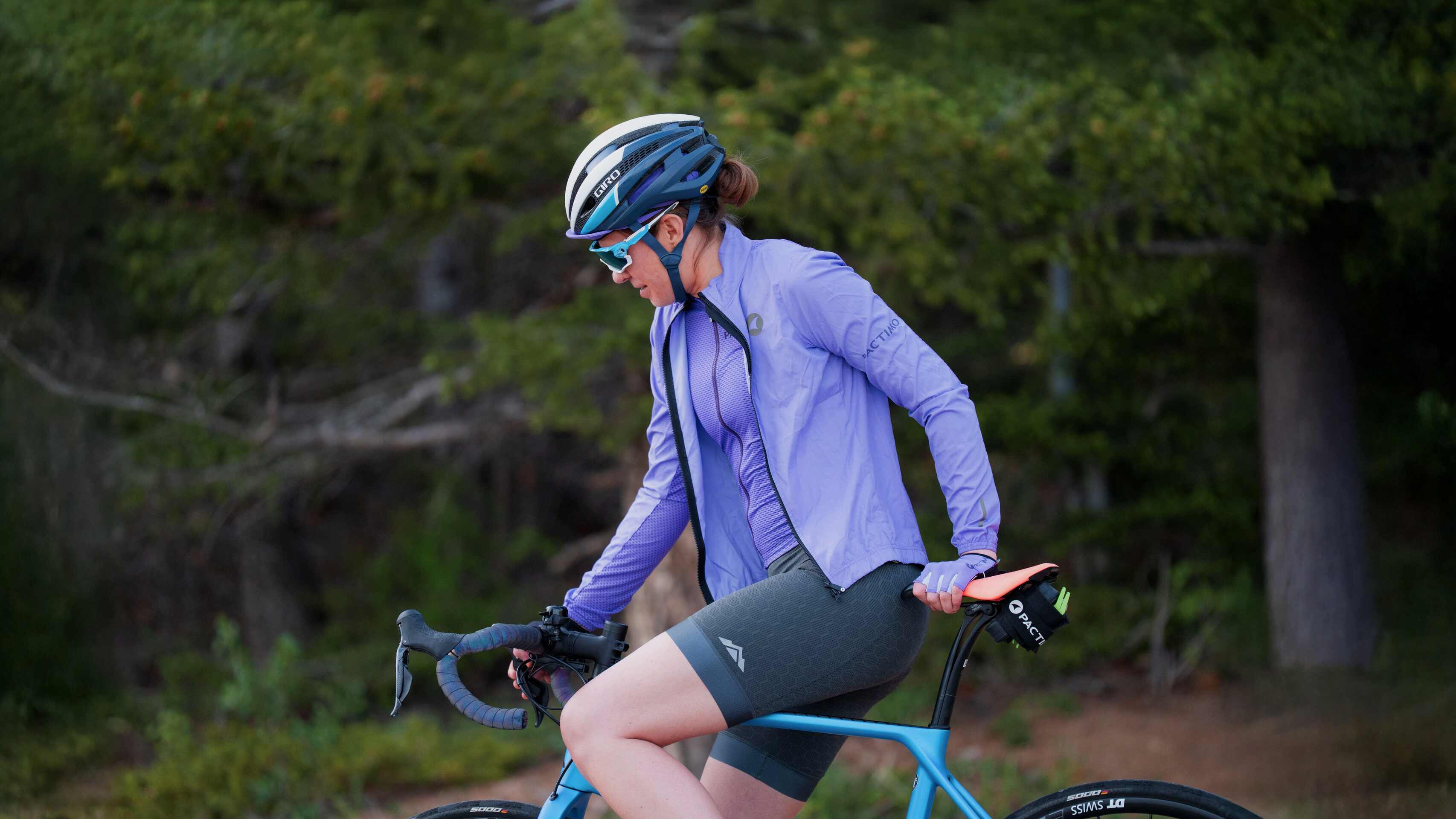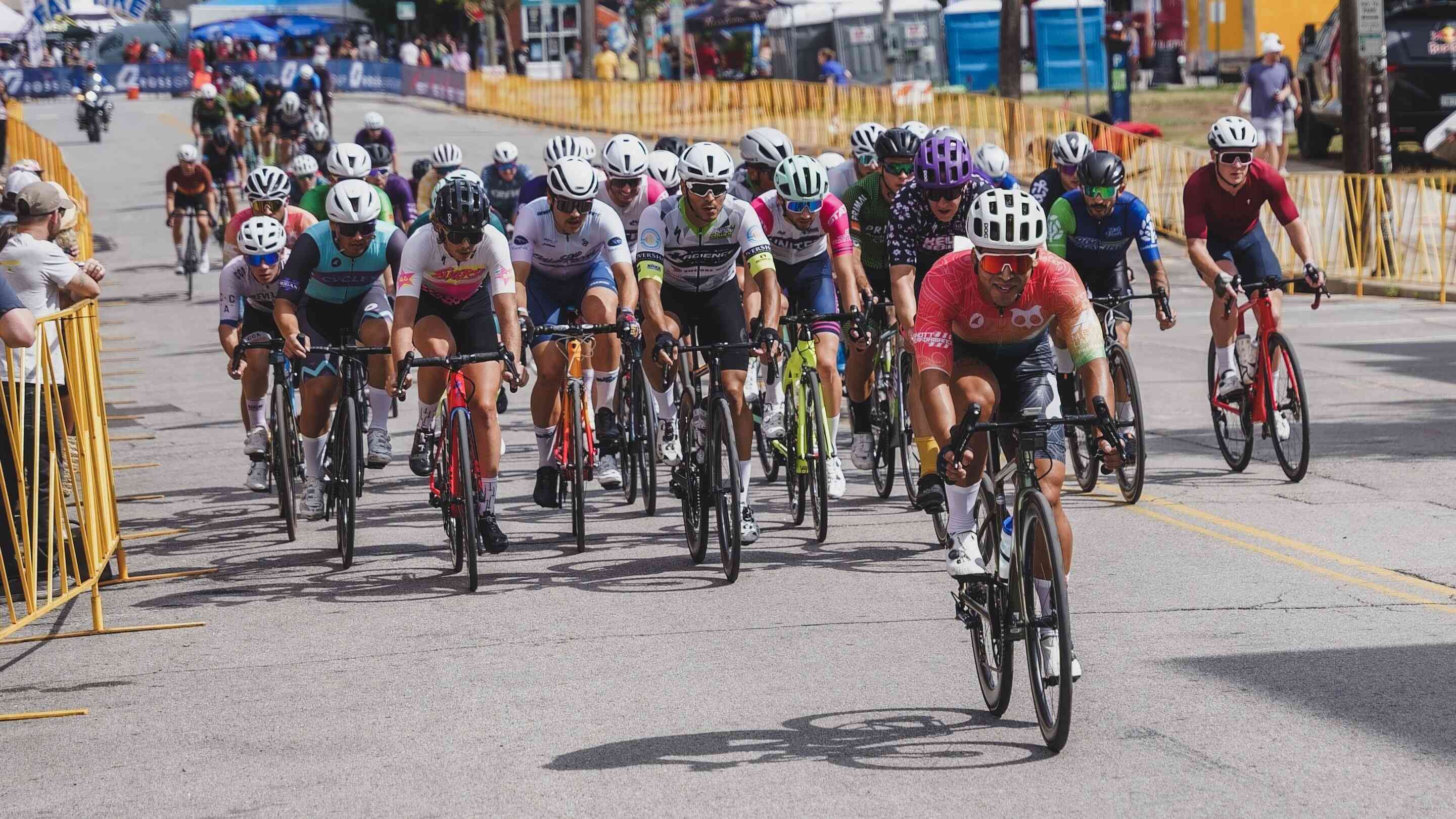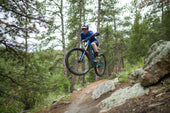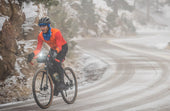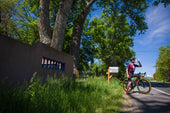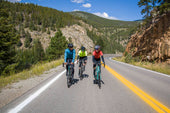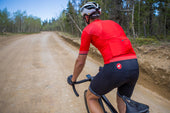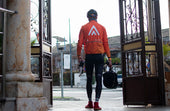A few of my favorite tips for riding, training, and racing...
by Shawn Heidgen
I decided to put this together after it was brought to my attention that one of my athletes has not been taught an important aspect of training on the road, the Up and Over.
So, here are some of my favorite tips to teach new racers.
1. Up and Over:
When riding over rolling terrain or up and over short rises/hills, always, always pedal OVER the top. Keep pedaling until you have crested the top and feel the resistance lessen and the speed increase. This is where you take your break if you need to, only after you have clearly gone over the top. Many cyclists stop pedaling as soon as he or she reaches the top but not quite over it so all momentum is lost and if in a race, you can lose contact with the pack or group. A rider should always pedal until the resistance decreases and speed increases. Then if you need ease off the pedals a bit, you can do so without losing much speed and/or contact. This teaches your body and mind to always go up and over- not just up. In races, the pace never eases until you have gone over the top and most of the time just speeds up as the pack starts the descent. Practice this in training so that on race day you maintain contact with pack and are ready for the pace to continue up AND over the top.
2. Spin, Spin, Spin
Always make sure you are spinning the easiest gear possible in a group. Be aware of the other riders’ legspeed, cadence, etc. and make sure you are pedaling at least at the same cadence or hopefully slightly faster. Spinning at a higher cadence allows a rider to react quicker than one that is mashing a bigger gear. Spinning also teaches muscles to be supple and efficient. You can always switch to a bigger gear later on in the ride or race but is very to go the opposite way- to go from mashing to spinning without losing power. Make this a habit in training and it will become habit in racing.
3. A little bit now or a lot later
Close gaps quickly and efficiently. A little bit now or a lot later means you can suffer a little bit now pretty bad or suffer a lot later when you are all on your own or chasing for too long. Do not panic but always be decisive and quick in your response to close a gap. Why waste 1 or 2 or more minutes, when you could a little deeper and close it in 2 seconds and be back on a wheel?
Practice closing gaps quickly, efficiently and smoothly. Practice different time gaps too so you know what it feels like to close a 10-30 second gap. Why do it in 30 seconds when you can do it 10? Quickly be able to assess what gaps or attacks are threats and then act and get the job done.
4. Do not telegraph your moves- Be stealthy
If you are planning an attack or going for sprint or prime, do not telegraph it. Inexperienced riders will shift loudly and often into too big of a gear and let the whole group in on his or her plans. Be stealthy, work your way into your ideal position ahead of time, choose your gearing early, and if you must shift, do so gently and quietly. Surprise is often the reason a winning move succeeds.
5. Never allow yourself to be “Stuck” in a position
You are never stuck in a position, whether it be behind the rider who is surging before or after your pull, or you are behind the smallest person you have ever seen on bike and therefore giving you zero draft, or being stuck in the worst position in a cross wind. You can always rearrange the positions. Be crafty, be smarter. Say you have to blow your nose or eat something or adjust something to rearrange the order of the group. Learn how to take over positions, smoothly and quietly. Generally speaking, you manage your cockpit (your handlebar and front wheel area). You can either ask someone to let you in (and surprisingly many people will let you in just because you asked) and learn how to take a position. The wheel and cockpit in front own the space. Be tough, have sharp elbows, and be confident. Do not be dangerous but if you are doing your skills and drills- you will be able to do this.
6. Always analyze the terrain and wind conditions
Where it the easiest spot to pull? Where is the wind coming from? Where is the most protected place in the group? How long are everyone else’s pulls? Even if you don’t always act on these on training rides, always be thinking it. And in races or competitive situations- know and use them to your advantage. Why waste power and energy when you don’t have to? You need to do enough to be considered “doing your work” and not get attacked but you also want to work less than everyone hopefully without everyone noticing. Conserve, conserve, conserve, and save it for when you need it because you will need it.
7. Have a poker face and poker body
Train yourself to be able to look like you are hardly working even if you think you are about to die. In other words, learn how to bluff. Make it look easy and people will think it is, at least for you. Take a deep breath before you come up on someone so you can say something, anything without appearing winded or struggling for breath. Do not let your body language show how fatigued you may be feeling. Maintain a relaxed and smooth pedal stroke, keep your upper body quiet. Make it look easy and people will think it is, for you. This can prevent people from trying to attack or drop you. You can also go the other way and make it look hard when you are not in fact struggling, but this move is one you can only use a limited number of times so save it for when you really really need it.
8. Use Eye Contact
Look people in the eye. Try wearing lighter lenses, slightly transparent so people can see your eyes. Mirrored lenses can be intimidating because you don’t where people are looking but transparent lenses can be even more intimidating because everyone sees exactly where you are looking. It can stop riders from attacking, just by staring them down. It’s as if you are saying, “Go ahead try it, I know exactly what you are trying to do and I am stopping it before you can even start.”
Have fun trying these tips out and using your head as much if not more than your legs to help you perform better.
See you out there!
. . . . . . . . . . . . . . . .
About Shawn Heidgen
 Shawn Heidgen has been involved in cycling for over 20 years. She raced professionally for three years during which she completed 2 Giro D’Italia Donne (Women’s Tour of Italy ) and competed on the National Race Calendar circuit. Shawn has also coached cyclists of all abilities for many years, and has led and directed training camps all over the world. Shawn also has a unique history, as a former Chronic Pain Patient at the Mayo Clinic (before racing professionally), she overcame what should have been a career ending hip fracture and went on to race professionally.
Shawn Heidgen has been involved in cycling for over 20 years. She raced professionally for three years during which she completed 2 Giro D’Italia Donne (Women’s Tour of Italy ) and competed on the National Race Calendar circuit. Shawn has also coached cyclists of all abilities for many years, and has led and directed training camps all over the world. Shawn also has a unique history, as a former Chronic Pain Patient at the Mayo Clinic (before racing professionally), she overcame what should have been a career ending hip fracture and went on to race professionally.
